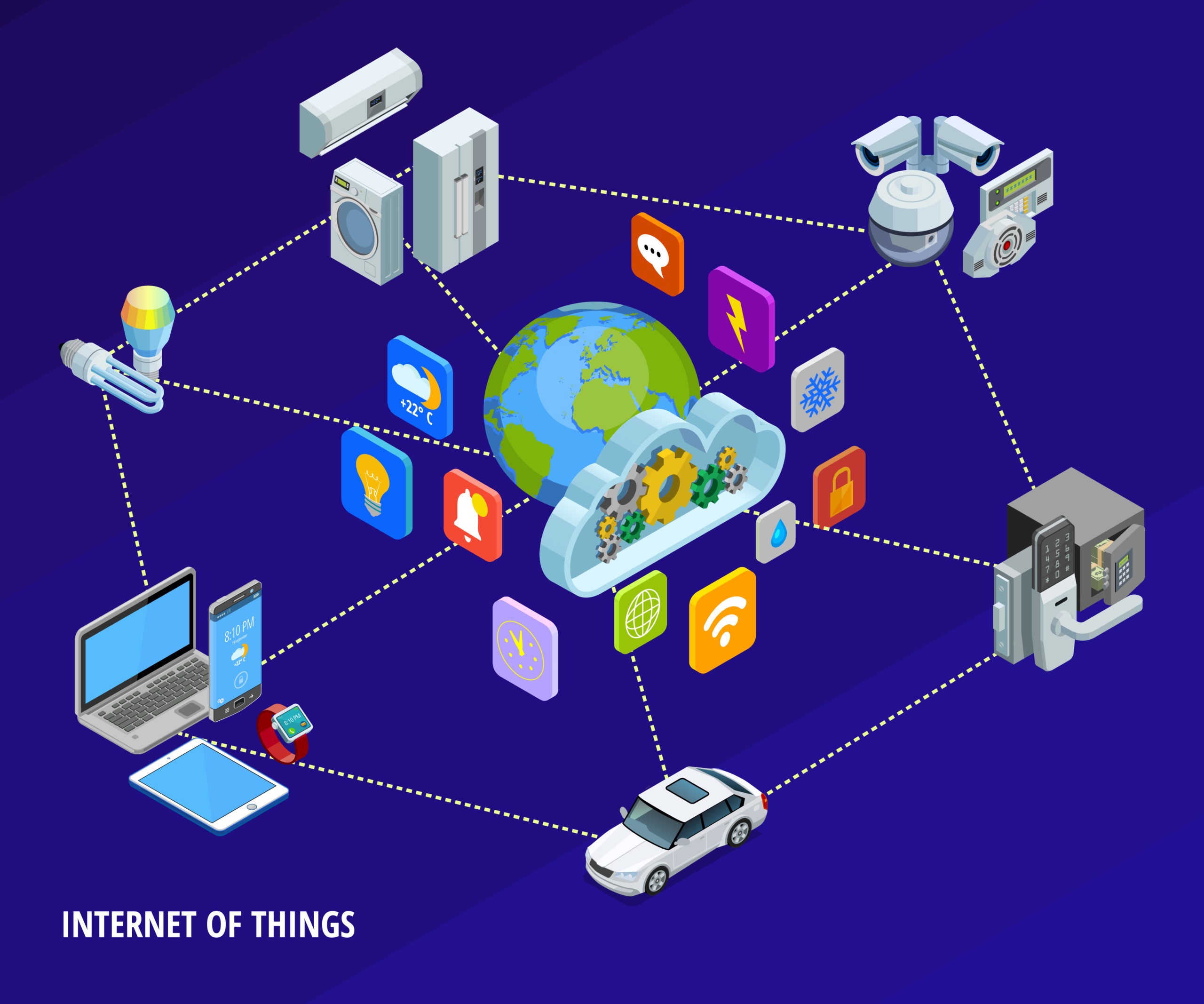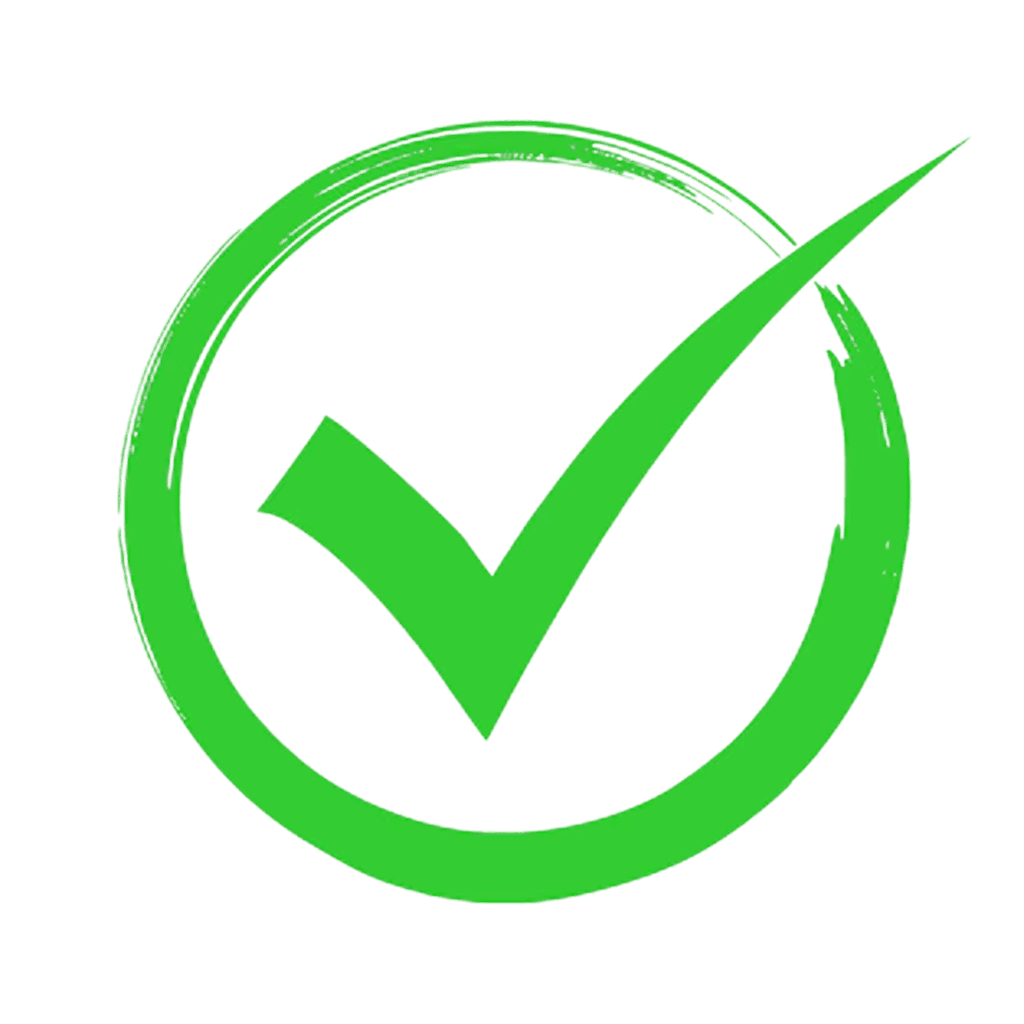The Internet of Things (IoT) has evolved into a transformative technological paradigm that affects nearly every aspect of our lives. IoT devices, ranging from smart thermostats in homes to sophisticated sensors in industrial settings, generate a staggering volume of data. To harness the full potential of IoT, organizations and individuals alike rely on IoT platforms. However, the often-overlooked key to a successful IoT ecosystem is IoT platform integration. In this comprehensive guide, we’ll delve deep into IoT platform system integration, explore its significance, and provide a detailed roadmap for navigating this complex landscape.
Importance of IoT Platform Integration
The IoT landscape is expanding at an astonishing rate. By 2021, it was estimated that there were over 30 billion connected IoT devices globally. With this exponential growth comes the need for effective management and utilization of IoT-generated data. IoT platforms, which form the foundation of these ecosystems, facilitate the collection, processing, and analysis of data from diverse devices. Yet, the true power of IoT emerges when these platforms can seamlessly communicate and share data with each other. This is where IoT platform integration comes into play.
Consider a Third-Party Integrator
IoT platform integration can be a formidable challenge due to the sheer diversity of devices, protocols, and data sources involved. To navigate this complexity and ensure interoperability of your IoT ecosystem, many organizations turn to third-party integrators. These experts specialize in bridging the gaps between diverse IoT components, saving time, reducing headaches, and ultimately, ensuring that your IoT system operates harmoniously.
Scope of IoT System Integration
Before diving into the intricacies of IoT platform integration, it’s crucial to gain a holistic understanding of the scope of your IoT system. This involves considering the following factors:
1. Device Variety:
Identify the different types of IoT devices present in your ecosystem, ranging from sensors and actuators to gateways and control units.
2. Protocols and Communication:
Take stock of the communication protocols used by these devices, as they play a pivotal role in integration. Common protocols include MQTT, HTTP, CoAP, and more.
3. Data Sources:
Recognize the various data sources within your ecosystem, which may include real-time sensor data, historical databases, external APIs, and more.
4. User Interfaces:
Consider how users interact with your IoT system, whether through mobile apps, web interfaces, or other means.
5. Scalability:
Anticipate the growth of your IoT ecosystem and plan for scalability accordingly.
Understanding these elements is fundamental to planning and executing a successful IoT platform integration strategy.
What IoT platform Integrators Deliver
IoT system integrators offer a wide range of services and solutions to ensure the seamless operation of your IoT ecosystem:
1. Interoperability:
Integrators work to ensure that devices from different manufacturers and with varying communication protocols can communicate seamlessly within your IoT ecosystem.
2. Data Management:
They handle the flow of data from devices to the cloud, ensuring efficient processing, storage, and retrieval of data.
3. Security:
Integrators implement robust security measures to protect sensitive data and IoT devices from cyber threats, safeguarding your entire ecosystem.
4. Scalability:
Integrators design your IoT system to be scalable, accommodating future growth and expansion without major disruptions.
5. Analytics and Insights:
They assist in extracting meaningful insights from the data generated by your IoT devices, enabling data-driven decision-making.
How to Select an IoT System Integrator
Choosing the right IoT system integrator is a critical decision that can significantly impact the success of your IoT project. Here’s a step-by-step guide on how to select the ideal partner:
1. Experience:
Look for integrators with a proven track record in your industry or a related field. Experienced integrators often have a deeper understanding of industry-specific challenges and requirements.
2. References:
Request references from past clients to gauge their satisfaction with the integrator’s services. This can provide valuable insights into the integrator’s reliability and performance.
3. Expertise:
Ensure that the integrator possesses expertise in the specific technologies, protocols, and IoT standards relevant to your project. A knowledgeable integrator is better equipped to address unique challenges.
4. Scalability:
Confirm that the integrator can design your IoT ecosystem with scalability in mind. They should be able to outline how your system can grow seamlessly as your needs evolve.
5. Cost:
While cost is an important factor, it should not be the sole determinant in your decision. Compare quotes from different integrators, but prioritize quality and reliability over cost savings.
6. Communication:
Effective communication is key to a successful partnership. Ensure that the integrator has a clear communication plan in place to keep you updated on project progress.
The Role of Cloud Technology
Cloud technology plays a central role in IoT platform integration, providing a flexible and scalable infrastructure to manage and process the vast amount of data generated by IoT devices. Several major cloud providers offer dedicated IoT platforms and services designed to simplify integration, including AWS IoT, Azure IoT, and Google Cloud IoT. Here’s how cloud technology contributes to IoT integration:
1. Scalability:
Cloud platforms can easily accommodate the growing number of devices and data streams within your IoT ecosystem. They offer the ability to scale resources up or down as needed.
2. Data Processing:
Cloud services provide powerful tools for real-time data processing, analysis, and storage, making it easier to derive valuable insights from IoT data.
3. Device Management:
Cloud platforms often include features for remote device management, allowing you to update firmware, configure settings, and troubleshoot devices from a centralized location.
4. Security:
Cloud providers invest heavily in security measures, including encryption, access control, and threat detection, enhancing the overall security of your IoT ecosystem.
4. Integration Tools:
Many cloud platforms offer pre-built integrations with common IoT protocols and device manufacturers, simplifying the integration process.
Key Takeaways
IoT platform integration is the linchpin of IoT success, enabling the seamless operation of interconnected devices and data sources. To summarize the key takeaways:
- Consider a third-party integrator to streamline the integration process and ensure interoperability.
- Understand the scope of your IoT system by identifying devices, protocols, data sources, user interfaces, and scalability requirements.
- Be aware of what integrators deliver, including interoperability, data management, security, scalability, and analytics capabilities.
- When selecting an IoT system integrator, prioritize experience, references, expertise, scalability, cost, and effective communication.
- Recognize the crucial role of cloud technology in IoT integration, providing scalability, data processing, device management, security, and integration tools.
By following these steps and understanding the significance of IoT platform integration, you can ensure that your IoT ecosystem operates seamlessly and efficiently, paving the way for innovation and growth in your industry. In a world increasingly shaped by IoT, successful integration is the key to unlocking its boundless potential.






